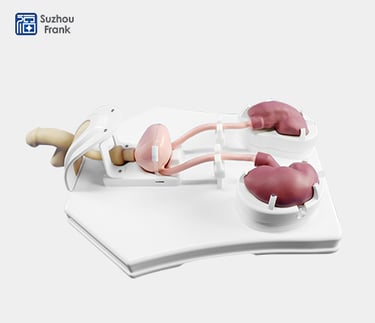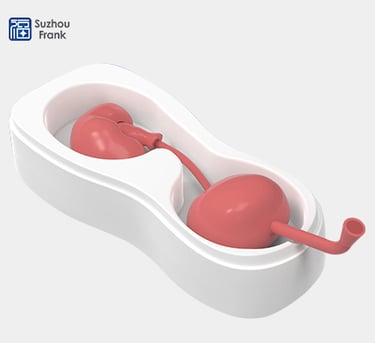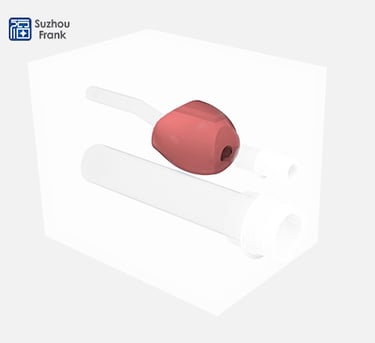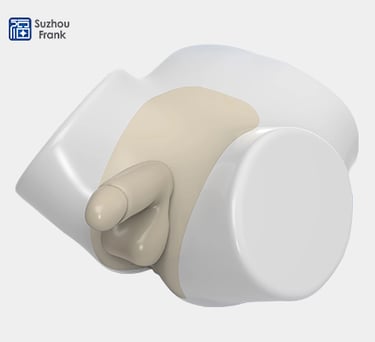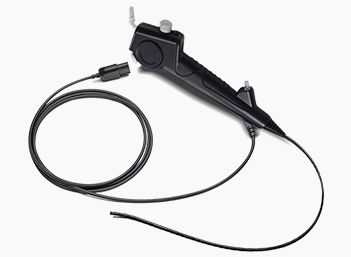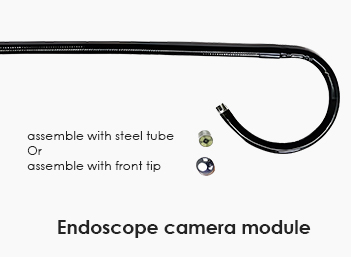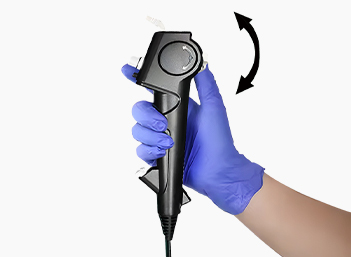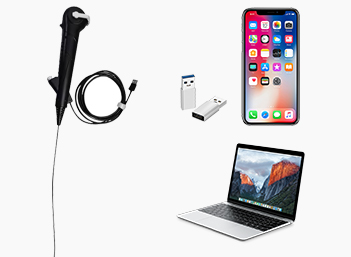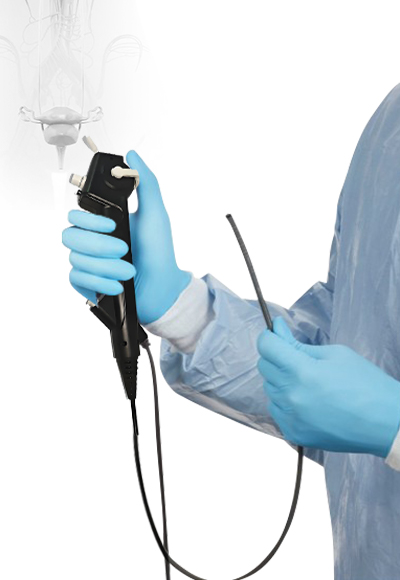📞Customer Service: +86 13248368268 📧servicecenter@suzhoufrank.com one year replacement and warranty!
Disposable Cystoscope Sterile Single-Use Endoscope for Bladder Examination and Urology Procedures
The disposable cystoscope is a sterile, single-use urological endoscope designed for direct visualization of the bladder and urethra. It enables safe, efficient cystoscopy procedures without the need for device reprocessing or sterilization. With advanced CMOS imaging, flexible maneuverability, and ergonomic design, this cystoscope ensures high-quality imaging and improved infection control. Ideal for hospitals, outpatient clinics, and emergency settings, it simplifies workflow and enhances patient safety in modern urology.
Model: FK-DC-103
Brand: FESTAK
Product Type: Endoscope & Instruments
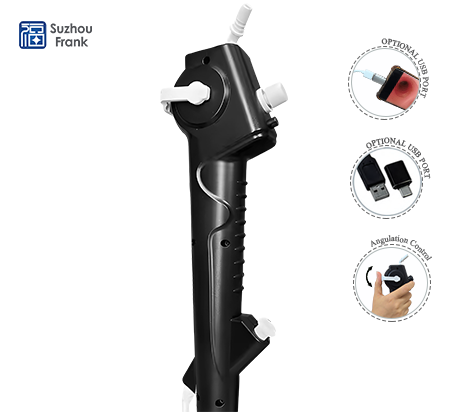

Related Products
Urological Endoscopy Training Model--Disposable Urethroscope can be used with interventional training models to enhance physicians' surgical proficie
Portable Urinary Model (Single Kidney + Bladder)
Single-Use & Sterile Design
Prevents cross-contamination and eliminates cleaning time, ensuring maximum patient safety and clinical efficiency.HD CMOS Imaging
Delivers bright, high-definition visualization of the bladder and urethral structures for accurate diagnosis and precise procedures.Flexible & Ergonomic Operation
Features a slim, bendable insertion tube and intuitive handle for smooth navigation and comfortable manipulation during cystoscopy.Multiple Size Options
Available in various diameters for male, female, and pediatric patients, suitable for diagnostic cystoscopy, biopsy, and stent removal.
Advantage
Optional handles
Variety of tip shapes
Detachable
High quality
Autoclavable
Stainless steel
Parameter
This disposable cystoscope is ideal for outpatient and office-based urology procedures. Ready to use right out of the package, it eliminates reprocessing delays and allows clinicians to perform cystoscopy safely and efficiently. The single-use design supports fast patient turnover and minimizes infection risks in busy clinical environments.
Disposable Cystoscope for Outpatient Urology
Equipped with advanced CMOS imaging technology, the single-use cystoscope provides real-time, high-resolution visuals of the bladder and urethra. This clarity improves diagnostic accuracy in cases such as hematuria evaluation, bladder tumor follow-up, or stent management, ensuring reliable clinical outcomes.
Infection control is a top priority in modern urology. The sterile disposable cystoscope eliminates the need for sterilization processes and prevents cross-infection between patients. It’s a practical solution for hospitals seeking to maintain high hygiene standards while improving procedural efficiency.
Single-Use Cystoscope with High-Definition Imaging
Sterile Cystoscopy Device for Infection Prevention
Frequently Asked Questions about Disposable Cystoscope
1. What is a disposable cystoscope used for?
A disposable cystoscope is used to examine the bladder and urethra for diagnostic and therapeutic purposes, such as detecting tumors, strictures, and performing stent removal or bladder stone management.
2. How does a single-use cystoscope improve infection control?
Since each cystoscope is sterile and discarded after one use, it removes the risk of patient-to-patient cross-contamination and eliminates the need for complex cleaning and sterilization procedures.
3. Does the cystoscope provide clear imaging quality?
Yes. It uses high-resolution CMOS imaging technology to deliver bright, detailed visuals of the urinary tract, ensuring accuracy during cystoscopy and minor urological procedures.
4. Is the disposable cystoscope compatible with standard urology systems?
Absolutely. It connects easily with conventional endoscopic monitors and camera systems, allowing integration into existing hospital or clinic workflows.
5. Can this cystoscope be used for both men and women?
Yes. It comes in multiple sizes suitable for male, female, and pediatric anatomy, ensuring comfort and precision across all patient types.
6. Where is a disposable cystoscope most commonly used?
It’s commonly used in hospitals, ambulatory surgical centers, and outpatient urology clinics for diagnostic cystoscopy, stent removal, and follow-up evaluations.
© 2025. All rights reserved.
About Us
Introduction
Development
Cooperation
Service
Main Products
Medical Grade Monitor
No 15, Jinyang road KunshanSuzhou, Jiangsu, China


